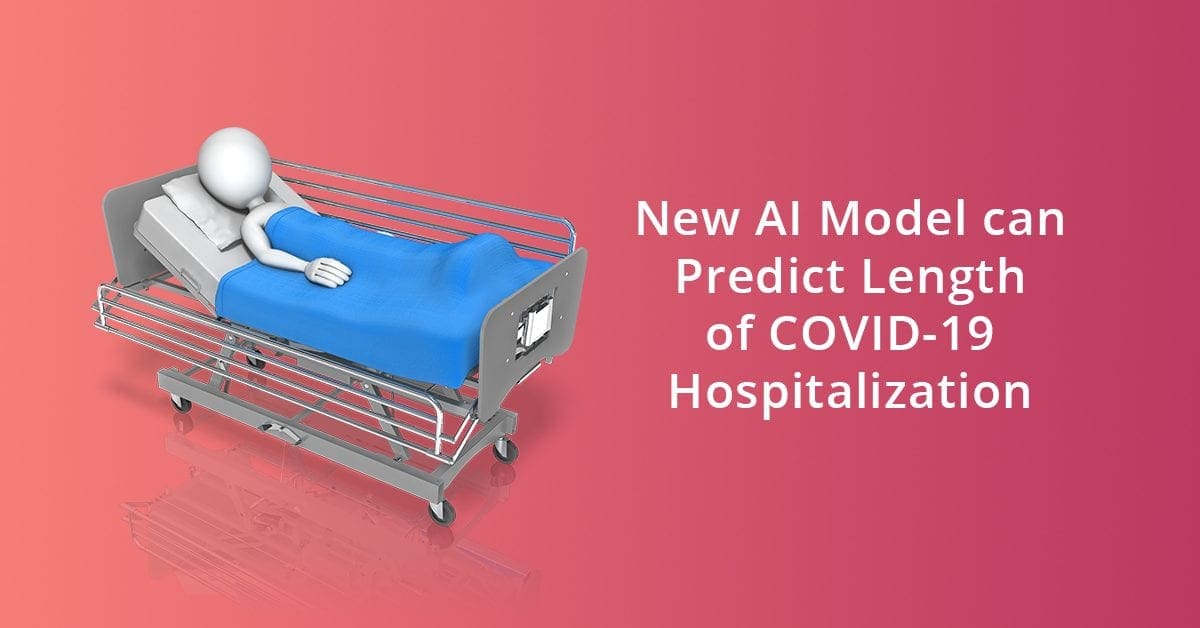Call us toll-free: 800-878-7828 — Monday - Friday — 8AM - 5PM EST

Kat Jercich for Healthcare IT News
By using patient age, sex and daily clinical state, the machine learning model also predicts the probability of in-hospital mortality.
A group of Israeli scientists published a paper in the Journal of the American Medical Informatics Association this week showcasing how a machine learning model can predict the illness trajectory of COVID-19 patients by using individual characteristics.
The model predicts the patient’s disease course in terms of clinical states – moderate, severe or critical – as well as hospital utilization.
“Given the danger of unprecedented burden on healthcare systems due to COVID-19, there is a need for tools helping decision-makers plan resource allocation on the unit, hospital and national levels,” wrote the researchers.
WHY IT MATTERS
The researchers aimed to track how hospitalized COVID-19 patients might transition between clinical states. Such evolution, they note, does not always travel in a linear manner: a patient might, for example, spend five days in the hospital in a “severe” state before deteriorating to “critical” and eventually recovering.
“We therefore developed a multi-state model which can account for all these properties,” the team explained.
Researchers note that they were able to predict hospital occupancy by focusing on each patient’s day-by-day clinical state, which they used in conjunction with their age and sex. They could also predict the likelihood of mortality and critical illness.
The team validated their model using the Israeli Ministry of Health COVID-19 hospitalized patient registry, which includes patient age and sex in addition to daily clinical status and dates of admission and discharge.
“We show that using simple and easily available patient characteristics, the multistate model we developed accurately predicts healthcare utilization for a given patient arrival process, and can be used to simulate utilization under different patient influx scenarios,” wrote the scientists.
“This can in turn be used to accurately plan resource allocation and the opening or closing of COVID-19 wards,” they continued.
The team offered a web app and R software package for other planners to use their model, noting that a potential limitation is that it uses only Israeli data from the first wave of the coronavirus.
THE LARGER TREND
Given the increasing strain on hospital resources, researchers have turned to a wide variety of prediction models to try and forecast COVID-19 patient outcomes.
In June, the Veterans Health Administration launched an analytics challenge inviting participants to use synthetic veteran health data to predict COVID-19 status, length of hospitalization and mortality.
A few months later, New York University researchers announced that they had developed a model using artificial intelligence and electronic health record data to predict favorable four-day outcomes among patients.
“Given clinical uncertainty about patient trajectories in this novel disease, accurate predictions could help augment clinical decision-making at the time the prediction is made,” said the NYU team.
ON THE RECORD
“Interestingly, we find that scenarios such as the arriving patients being much younger or in milder clinical state do not greatly affect total hospital utilization, possibly because some of these populations have longer hospitalization times; on the other hand, both scenarios affect critical-care bed utilization,” wrote the researchers.
“We further observe that an eldercare nursing home outbreak scenario leads to substantially higher total utilization and critical-care utilization, underscoring the need to protect these communities not only in terms of preventing mortality, but also from the point of view of lowering the strain on hospital resources,” they said.
